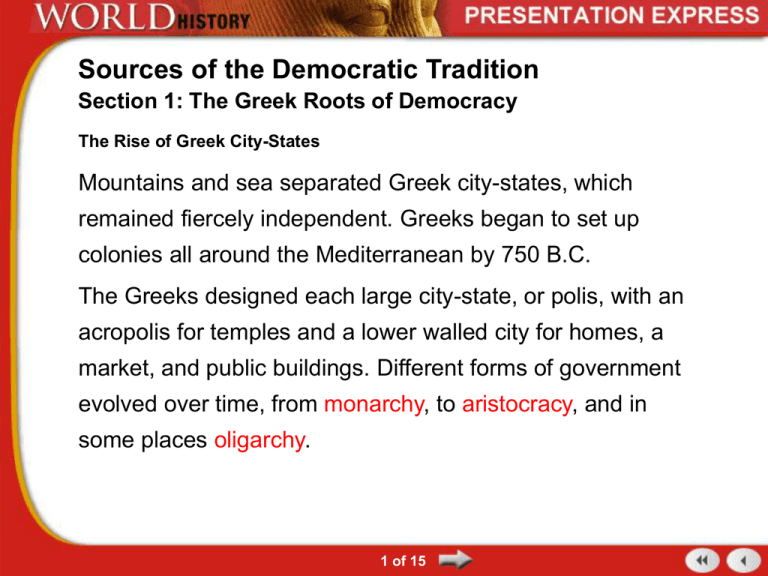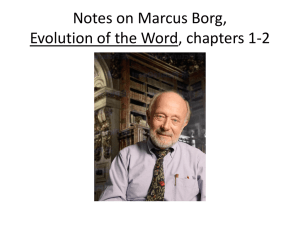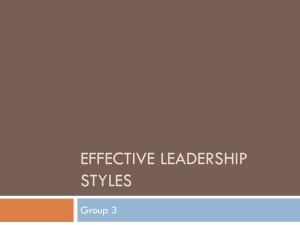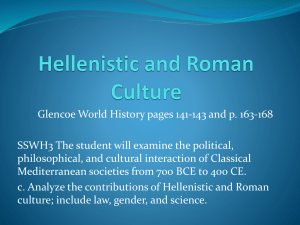Standard 10.1 Review - Valley View High School
advertisement

Sources of the Democratic Tradition Section 1: The Greek Roots of Democracy The Rise of Greek City-States Mountains and sea separated Greek city-states, which remained fiercely independent. Greeks began to set up colonies all around the Mediterranean by 750 B.C. The Greeks designed each large city-state, or polis, with an acropolis for temples and a lower walled city for homes, a market, and public buildings. Different forms of government evolved over time, from monarchy, to aristocracy, and in some places oligarchy. 1 of 15 Sources of the Democratic Tradition Section 1: The Greek Roots of Democracy The Greek Philosophers Greek philosophers tried to discover universal truths. These truths would hopefully lead to better government and proper ethics. Among the most influential philosophers were Socrates, Plato, and Aristotle. What did the Greek Philosophers focus most of their attention on? What form of government is it when all citizens participate without representatives? 2 of 15 Sources of the Democratic Tradition: Section 1 Note Taking Transparency 49 3 of 15 Sources of the Democratic Tradition: Section 1 Color Transparency 1: The Key Ideas of Plato What does Plato say that rulers should be/have? 4 of 15 Sources of the Democratic Tradition: Section 1 Color Transparency 2: The Key Ideas of Aristotle How should people examine the world around them? 5 of 15 Sources of the Democratic Tradition Section 2: The Roman Republic and Empire From Republic to Empire Political leaders and the senate fought civil wars in Rome, and the empire came to rely on paid soldiers who were loyal to their commanders over the state. Julius Caesar became dictator and was killed in 44 B.C., which brought on more civil wars. Octavian became emperor in 31 B.C. and took the title of Augustus. He created a civil service to enforce laws and imposed a fairer tax system. He ushered in the pax Romana, which was a 200-year period of peace. What was the Roman government called? 6 of 15 Sources of the Democratic Tradition Section 2: The Roman Republic and Empire Roman Law Roman laws united the empire. Civil law and the law of nations were merged to apply to everyone in the empire. Many Roman principles of law are still practiced today. How is voting done in a Republic? What government today closely follows the government of Ancient Rome? 7 of 15 Sources of the Democratic Tradition: Section 2 Color Transparency 4: The Key Principals of Roman Law In what way are today’s laws influenced by Roman law? 8 of 15 Sources of the Democratic Tradition Section 3: Principles of Judaism The Ancient Israelites According to the Torah, Abraham migrated with his family westward from Mesopotamia to Canaan. There, near the eastern Mediterranean coast, Abraham founded the Israelite nation. God’s Covenant with the Israelites The Israelites were monotheistic, meaning they believed in one God. They believed God would protect and provide for them as long as they followed God’s laws. 9 of 15 Sources of the Democratic Tradition Section 3: Principles of Judaism Teachings on Law and Morality The Torah established moral principles and set out laws, including The Ten Commandments that became part of the cultural foundation of Western civilization. The Scattering of the Jews Not all Jews held during the Babylonian Captivity returned to Judea. Some remained in Babylon and some migrated to other parts of the Middle East and Mediterranean. Who was seen as more important, individuals or the group as a whole? 10 of 15 Sources of the Democratic Tradition: Section 3 Note Taking Transparency 51 11 of 15 Sources of the Democratic Tradition Section 4: The Rise of Christianity Jesus of Nazareth According to the Gospels, Jesus began preaching and performing miracles of healing in the provinces of Galilee and Judea on the eastern Mediterranean. Jesus’ message echoed the Jewish ideas of mercy and sympathy for the poor. Some followers believed he was the Son of God, Out of fear of rebellion, the Romans crucified him. Unlike other religions practiced in Rome, what type of religion were Christianity and Judaism? 12 of 15 Sources of the Democratic Tradition Section 4: The Rise of Christianity Christianity Spreads Jesus’ followers spread Christianity, first among the Jews of Judea and then through the Roman world. Paul was the most influential among them. The emperor Theodosius made Christianity Rome’s official religion. What is the written code of morals used by both Judaism and Christianity? 13 of 15 Sources of the Democratic Tradition Section 4: The Rise of Christianity The Christian Church Gradually scattered Christian communities organized a structured church hierarchy. The bishops of the important cities became powerful in the Church, with the bishop of Rome serving as the pope. During the Middle Ages, the Roman Catholic Church became a powerful spiritual and secular force in Western Europe. What did the monks do that allowed us to rediscover Ancient Greece and Ancient Rome? 14 of 15 Sources of the Democratic Tradition Section 4: The Rise of Christianity The Judeo-Christian Tradition Both the Jewish and Christian faiths are major world religions today. The ethical and moral principles set forth by both religions played an important role in the development of the democratic tradition. What are some of the contributions these religions have made to modern Western Civilization? 15 of 15









